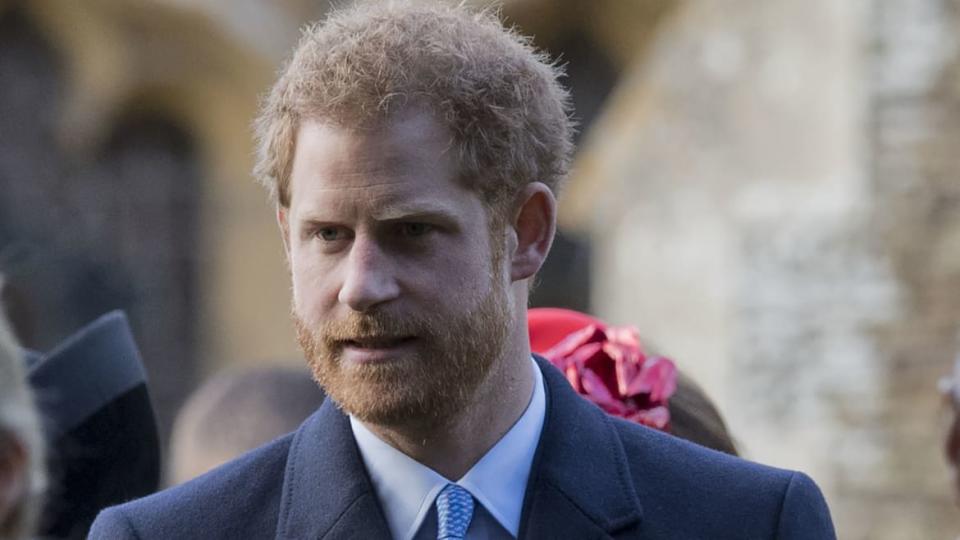Prince Harry Named in Report on Wildlife Crime Surge Near Queen’s Country Retreat

Royalist is The Daily Beast’s newsletter for all things royal and royal family. Subscribe here to get it in your inbox every Sunday.
The queen’s idyllic Sandringham Estate in the English countryside has been a cherished escape for successive British monarchs since the 1860s. But it’s also been the source of some shocking allegations of environmental crimes, according to a report, ranging from rare birds being shot for sport and other protected species being poisoned.
Both police and wildlife regulators have tried to run a string of inquiries into alleged wrongdoing at the queen's retreat in Norfolk, east England, an investigation by The Guardian claims. But laws requiring cops to obtain permission before they enter any of the queen’s private estates have frustrated a series of probes, despite some serious alleged offenses.
According to internal documents from Natural England—the British government’s environmental advisory body—the legal loopholes have repeatedly stopped investigations taking place over many years. In 2007, a warden at a nature reserve which borders the Sandringham Estate was horrified to see two hen harriers fall from the sky after allegedly hearing gunshots coming from the queen’s property. At the time, a then-23-year-old Prince Harry was out shooting ducks with a friend. In the U.K., harming the protected hen harriers carries a six-month prison sentence and a $6,000 fine. But despite the warden alerting Natural England, who in turn demanded immediate action from the police, they were told no urgent investigation would be possible as officers would need permission to enter the estate. Harry and others were later interviewed by police, but no prosecution was brought after they denied knowledge of the shooting.
Queen Elizabeth Cancels Sandringham Christmas Over Omicron Chaos
Many other similar incidents reportedly followed. Natural England and cops have also investigated the deaths of other birds including a tawny owl, a goshawk, and a red kite at Sandringham and on nearby land, but only a single prosecution resulted. In 2009, the estate was also given a warning about handling toxic chemicals after a protected sparrowhawk was poisoned. And then in 2016, the body of a goshawk which was found near Sandringham House was destroyed before cops could examine it, meaning the cause of its death couldn’t be established.
Some incidents have even played out in public. In 2006, Sandringham gamekeeper Dean Wright pleaded guilty to injuring a tawny owl with a rat trap, with the bird ultimately being euthanized because it was so severely maimed. In October 2007, after the harriers were allegedly shot, a Natural England memo seemed to suggest that Sandringham was known as a hotbed of possible environmental crimes. “You will be aware that there has been a series of serious wildlife ‘incidents’ at this locality,” the memo said, referring to the estate.
While refusing to comment on any of the cases of alleged wrongdoing, a Natural England spokesperson told The Guardian: “We are determined to tackle the scourge of raptor persecution, which is why we work very closely with our police colleagues at the National Wildlife Crime Unit to investigate incidents and, where appropriate, bring prosecutions. Those guilty of persecuting protected species, deliberately or recklessly, should be subject to the full force of the law.”
Get the Daily Beast's biggest scoops and scandals delivered right to your inbox. Sign up now.
Stay informed and gain unlimited access to the Daily Beast's unmatched reporting. Subscribe now.

 Yahoo Sports
Yahoo Sports 